The implementation of Resolution No. 12 of the Dam Rong District Party Committee on comprehensive and sustainable agricultural production, gradually applying high technology by 2025 and the following years in the district has helped many households, especially ethnic minorities in the district, open up new directions in production development, improve their lives, and contribute to sustainable poverty reduction.
 |
| Mr. Chu Van Lam - pioneer in growing bell peppers according to VietGAP standards |
Resolution No. 12-NQ/HU dated July 10, 2019 of Dam Rong District Party Committee on comprehensive and sustainable agricultural production, gradually applying high technology by 2025 and the following years with the goal of focusing on regional economic development, forming agricultural production sub-regions to promote the potential and advantages of the sub-region, replicating models associated with the conversion of crop and livestock structures in accordance with the trend of climate change and the cultivation level of the people. In particular, promoting the conversion of ineffective crop areas to mulberry, silkworm, durian, vegetables, flowers applying high technology... has brought positive results.
Implementing the above Resolution, many households, especially ethnic minorities, poor and near-poor households, are encouraged to convert ineffective crop areas, take advantage of alluvial land along rivers and streams to grow mulberry and raise silkworms. Like many poor and near-poor households in the district, receiving support from the State for seeds, technical training and silkworm raising tools, the family of Ms. Lieng Jrang K'Suyl (K'Ho ethnic group) in Da Te hamlet, Da M'rong commune has boldly converted 4 sao of corn to grow mulberry and raise silkworms. Ms. Lieng Jrang K'Suyl shared: "With the above area, on average, my family raises 2 batches of silkworms per month, each batch 1 box, with the current market price of cocoons at 225,000 VND/kg, after deducting expenses, my family has an income of 21 million VND/month".
Since planting mulberry and raising silkworms, by 2022, Ms. K'Suyl's family has been recognized as having escaped poverty. Up to now, Ms. K'Suyl's family economy has gradually stabilized and improved, not only being able to cover the family's living expenses but also proactively providing silkworm manure and capital to invest in intensive fertilizer for 1 hectare of coffee and other crops. Thanks to that, in recent years, Ms. K'Suyl's family's coffee productivity has increased significantly, reaching an average of 2 tons of coffee beans/ha/year.
Although Chu Van Lam's family (Nung ethnic group) - Secretary of Thanh Binh village Party cell, Phi Lieng commune, has changed crops many times to find a suitable direction for economic development, they have not really brought about positive results as expected. However, after joining Phi Lieng High-Tech Agricultural Cooperative, Chu Van Lam's family has boldly converted nearly 4 sao of coffee and mulberry land to grow Rita tomatoes and invested in building a greenhouse to grow high-tech bell peppers with a scale of 1.5 sao.
According to Mr. Lam, in recent years, the high-tech agricultural production model has been developing strongly in Phi Lieng commune in particular and Dam Rong district in general. This is a production model that requires high technology, applying production processes according to VietGAP standards. "The local climate and soil conditions are quite favorable, so many types of crops grow well. For more than 3 years now, I have focused on implementing the model, taking care of it according to the correct technical process, meeting food safety and hygiene standards, and being environmentally friendly towards sustainable development", Mr. Chu Van Lam shared.
According to Mr. Chu Van Lam, each year his family grows 1 crop of bell peppers with 1.5 sao and grows 2 sao of tomatoes/2 crops/year. Regarding product output, the tomato output is mainly supplied to the free market with a selling price ranging from 8,000 - 10,000 VND/kg, with peak periods reaching over 30,000 VND/kg. Bell peppers are contracted with a unit that receives product purchase and consumption, so the price is more stable, averaging 22,000 VND/kg. According to Mr. Lam's estimate, each year his family supplies the market with an average output of 30 tons of bell peppers and 36 tons of tomatoes. After deducting investment costs for seedlings, fertilizers and labor, his family earns a profit of 600 million VND/year. In addition, Mr. Chu Van Lam's family also has an additional source of income from 0.8 hectares of coffee...
According to Mr. Lam, the model of growing vegetables, flowers in general and bell peppers using high technology in particular is expected to open a new direction in economic development, improving the lives of ethnic minorities in the district. Seeing the effectiveness of Mr. Lam's family's model, many Tay and Nung households in the village have learned and followed suit. Up to now, Nung hamlet in Thanh Binh village has had over 20 households building greenhouses and net houses to grow bell peppers and tomatoes, and at the same time, a Tay village tomato production group has been established.
In general, in recent years, the High-tech Agricultural Production Model has been developing strongly in Dam Rong district, especially in the localities of Phi Lieng, Da K'nang, Da R'sal and Ro Men...
Mr. Nguyen Van Chinh - Head of the Department of Agriculture and Rural Development of Dam Rong district, said: Dam Rong is a land with quite favorable natural conditions, the climate and soil are quite suitable for crops and aquaculture development. Since implementing Resolution No. 12 of the District Party Committee, up to now, Dam Rong has had a total area of high-tech agricultural production of nearly 1,100 hectares, of which the greenhouse area is 31.4 hectares (mainly for growing vegetables and flowers); the area of mulberry growing well is 824.2 hectares. The whole district has 15 chains with over 900 participating households, the agricultural output through the chain reaches over 10,000 tons, typically the Duy Phuong mulberry and silk chain, the Da K'nang high-tech vegetable and flower chain and the Phi Lieng commercial vegetable production chain... Not only opening up a new direction in production development, the Resolution also helps people change their awareness and thinking in production, in terms of "thinking, working methods", complying with farming processes, applying science and technology. In addition to the High-tech Vegetable and Flower Production Model, the district has many other models that have met VietGAP standards... (such as durian) and have gradually built a brand, gradually affirming their position in the market.
In the coming time, Dam Rong district will continue to promote the work of supporting people to improve the quality of crops, at the same time promote the chain of links, promote brands and expand markets to solve the output of products, contributing to improving economic life and ensuring social security for ethnic minorities in the locality.
Source: http://baolamdong.vn/kinh-te/202407/hieu-qua-tu-chuyen-doi-mo-hinh-kinh-te-o-dam-rong-2d62ec0/
















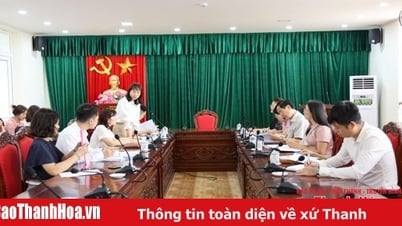


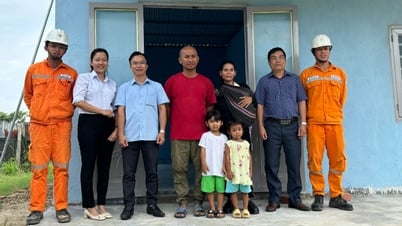



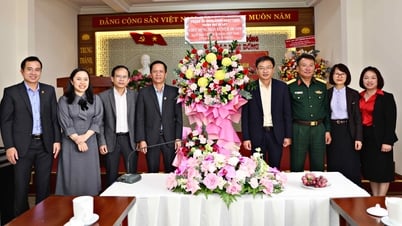








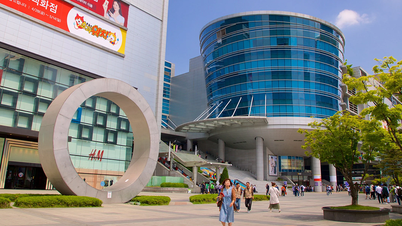





















































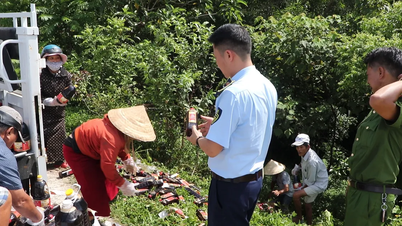



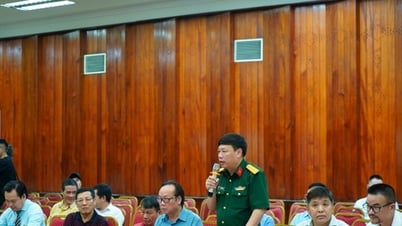













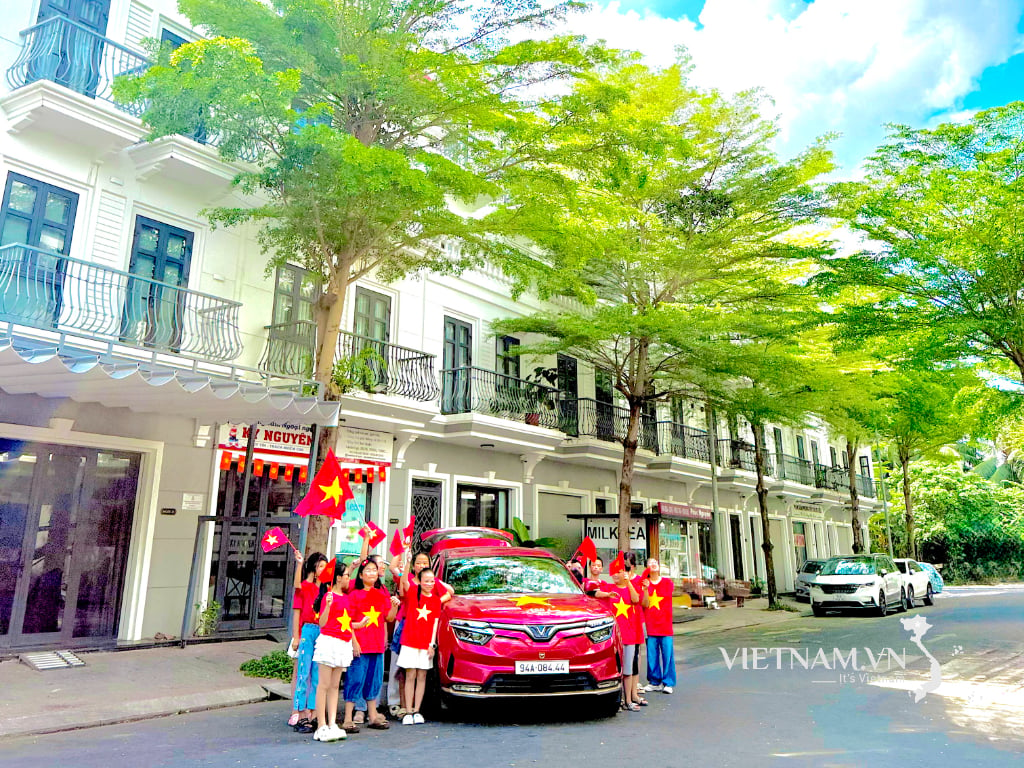

Comment (0)